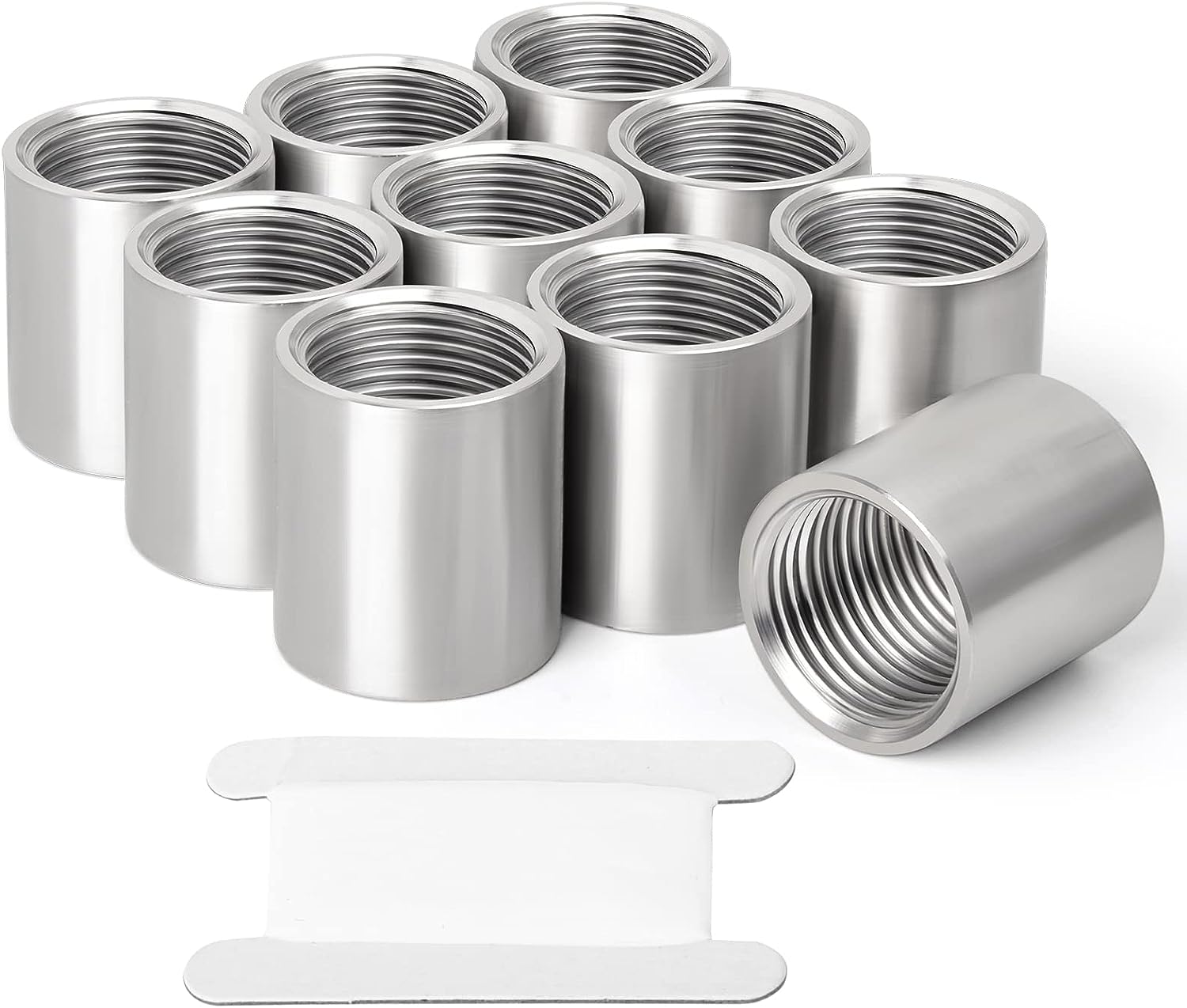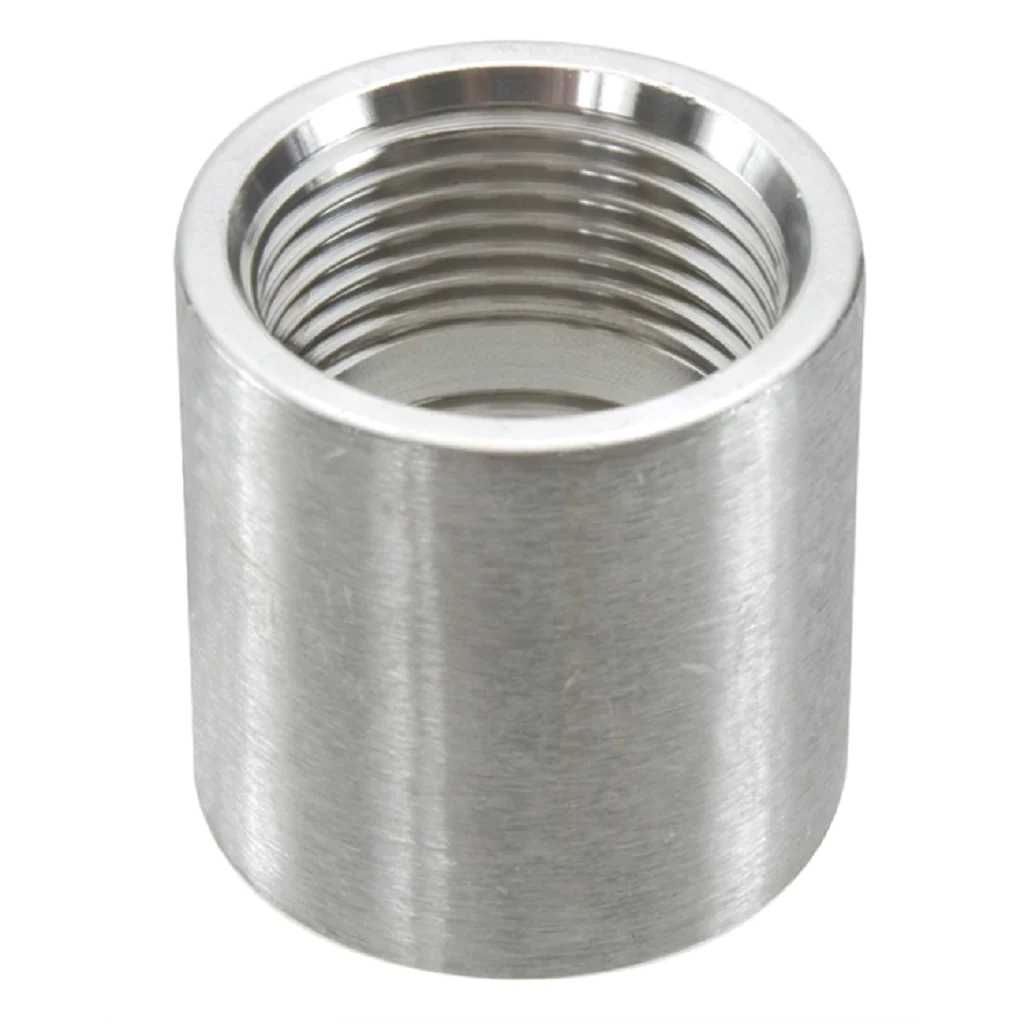Product Description
| Name | Stainless Steel Sch10 Butt Welding 90degree Short Radius Pipe Angle Bend Fittings Elbow with Sandblasting |
| Type | LR30,45,60,90,180; SR30,45,60,90,180, customerized |
| Radius type | 1D,1.5D,2.0D,2.5D,3.0D,4.0D,5D,6D,7D, customerized |
| Size | 1/2-48INCH |
| Thickness | 0.5mm-60mm |
| End | bavel end, plain end |
| Grade | SS304, SS316L |
| Standard | ASME B16.9, ASTM A234, ASTM A420, ANSI B16.9, B16.25,B16.28, MSS SP-75 |
| DIN2605, DIN2615,DIN2616,DIN2617 | |
| JIS B2311, B2312, B2313 | |
| EN15713-1, EN15713-2 | |
| GB 12459 | |
| Pressure range | SCH5S,SCH10S,SCH20,SCH30,SCH40,SCH60,SCH80,SCH100,SCH120,SCH140,SCH160,XXS |
| Formed type | Ball forming |
| Raw material technology | Pressed from tube |
| Surface type | Sand blasting, Sand rolling, Acid cleaning |
| Connection type | butt welded |
| Productivity | 20000PCS/MONTH |
| Application | Chemical , power, construction, potroleum, gas, water, steam, |
| Warranty | 1 year |
| Package | cartons, pallet, cases |
| Production period | In 15-60 days CHINAMFG order quantity |
| Payment term | L/C, T/T, WU, etc. |
| Certificate | ISO, PED |
| Closest port for shipment | HangZhou |
| Advantages | 1. Customerized dimensions to meet different requirement 2. quality control from raw materials to the final products 3. Abundant stock 4.Rich export experience 5. Reliable shipping forwarder |
| Ezo stainless steel company was started in 2007. Located in the stainless steel industry zone, HangZhou, China. Ezo stainless steel is the branch company of CHINAMFG valves co.,ltd |
| Totally 145nos of workers and the factory Covers 6800m2. Till now, we have 50 sets of imported and local brand CNC machines ; Plus, we have 2 sets of automatic machining unit. To assure better quality, we have the full inspecting quality control equipment: 2nos Ra roughness instrument, 3nos stainless steel spectrometer, numbers of roundness instrument, numbers of thickness instrument, numbers of radius instrument, 3 nos pressure testing center. |
| Ezo stainless steel provides the following materials: Stainless steel butt welded tube pipe fittings and screwed tube pipe fittings ( butt welded elbow /bend, butt welded tee, butt welded reducers, stub ends, pipe caps,screwed elbows, screwed tee, screwed reducers, hex nipples, couplings Stainless steel flanges(weld neck flange, slip on flange ,blind flange, plate flange ,lap joint flange, socket flange, threaded flange, square flange, marine flange stainless steel filter strainers ( Y filter, inline filter, L filter, housing filter Stainless steel pumps ( stainless steel centrifugal pump, rotary lobe pump, CIP pump,screw pump, emulsion pump) Stainless steel man-ways ( Pressure type man-way, non pressure man-way, round man-way, rectangular man-way Stainless steel tanks ( storage tanks, mixing tanks,emulsion tanks, water tanks |
| Ezo stainless steel services for food, beverage, dairy, chemical, bioth, pharmaceutical, chemical, oil and etc industries. |
| Ezo stainless steel customers are from 80 different countries.After so many years, CHINAMFG knows more about different requirements from different countries’ customers. Ezo stainless steel believes in “What we say, what we do”. We always believe honesty and responsibility is the only way leading to long term business relationship. Trying our best for customers and put ourselves into customers’ shoes. Our commitment ” Never let customers leave us because our poor service”. Making business with us, making friends with us. |
| Product Range | Stainless steel tube pipe fittings Stainless steel flanges stainless steel filter strainers Stainless steel pumps Stainless steel man-ways Stainless steel tanks |
|
| Year Established | 2007 | |
| Factory Size in Square Meters | 6800M2 | |
| NO. OF TOTAL STAFF | 145 | |
| Production Capital | USD | |
| Detail capacity/ MONTH | Butt welded/screw fittings | |
| PUMPS | ||
| Manhole cover | ||
| Tanks | ||
| Investment in Manufacturing Equipment | 750000usd | |
| OUR EQUIPMENTS | 50 nos of CNC Machines | |
| 4 nos of press | ||
| 2 nos of full-automatic CNC center | ||
| 12 nos of plain lathe | ||
| 12 nos of grinding machine | ||
| 3 nos of cutting machine | ||
| 3 nos of chamfering machine | ||
| 40 nos of polishing machine | ||
| 2 nos of hardness test machine | ||
| 3 nos of laser marking machine | ||
| 3 nos of pressure testing machine | ||
| 1 nos of temperature testing machine | ||
| 3 nos of spectro instrument | ||
| 2 nos of surface roughness device | ||
| Primary Competitive Advantages | Strict inspection , honest business way, fast revert on order problem | |
| OEM Services Provided | yes | |
| Design Service Offered | yes | |
| Export Percentage | 80% | |
| MAIN MARKET | USA, Germany, Hungary, Canada, Thailand, Holland, England, South Africa,Indonesia, Saudi, India, New Zealand, Australia, Middle East… | |
| Own Brand Name | EZO | |
/* March 10, 2571 17:59:20 */!function(){function s(e,r){var a,o={};try{e&&e.split(“,”).forEach(function(e,t){e&&(a=e.match(/(.*?):(.*)$/))&&1

Are there any Safety Considerations When Using Stainless Steel Couplings in Specific Applications?
Yes, there are several safety considerations to keep in mind when using stainless steel couplings in specific applications:
- Proper Installation: Ensure that the stainless steel couplings are correctly installed according to the manufacturer’s guidelines. Improper installation can lead to misalignment and increased stress on the coupling, potentially causing premature failure.
- Temperature and Pressure Limits: Pay attention to the temperature and pressure limits of the stainless steel coupling. Exceeding these limits may compromise the structural integrity of the coupling and pose safety risks.
- Corrosion Resistance: While stainless steel is known for its corrosion resistance, it is essential to select the appropriate grade of stainless steel that matches the specific environment in which the coupling will be used. In corrosive environments, using the wrong stainless steel grade can lead to degradation and failure over time.
- Maintenance: Regularly inspect and maintain the stainless steel coupling to detect any signs of wear, damage, or corrosion. Address any issues promptly to prevent potential hazards.
- Protective Gear: In some industrial applications, the stainless steel coupling may be exposed to rotating parts or other potential hazards. Ensure that appropriate protective gear, such as gloves or safety guards, is used when necessary.
- Emergency Shutdown: Establish a proper emergency shutdown procedure in case of coupling failure or other emergencies. This procedure should be clearly communicated to all relevant personnel.
- Load Considerations: Be aware of the load requirements and limitations of the stainless steel coupling. Overloading the coupling can lead to stress and failure.
- Environmental Factors: Consider environmental factors such as temperature fluctuations, humidity, and exposure to chemicals. These factors can influence the performance and safety of the coupling.
It is essential to conduct a thorough risk assessment for each specific application where stainless steel couplings are used. Following safety guidelines and best practices can help mitigate potential risks and ensure the safe operation of the mechanical system.

Causes of Failure in Stainless Steel Couplings and Prevention
Stainless steel couplings are designed for durability and reliability, but like any mechanical component, they can experience failure under certain conditions. Understanding the potential causes of failure and taking preventive measures can help ensure the longevity and performance of stainless steel couplings. Some common causes of failure include:
1. Overloading: Exceeding the maximum torque or load capacity of the coupling can lead to deformation or breakage. To prevent overloading, it’s essential to choose a coupling with the appropriate torque and load ratings for the specific application.
2. Misalignment: Misalignment between shafts can create additional stresses on the coupling, leading to premature wear and failure. Regularly inspect and adjust shaft alignment to ensure it stays within the coupling’s allowable limits.
3. Corrosion: While stainless steel is corrosion-resistant, it is not immune to corrosion, especially in harsh environments with exposure to corrosive substances. Regular cleaning and maintenance can help prevent corrosion-related failure.
4. Fatigue: Repeated cycles of loading and unloading can cause fatigue failure in the coupling. Ensure that the coupling’s rated fatigue life matches the application’s requirements and replace worn-out couplings promptly.
5. Installation Errors: Improper installation, such as insufficient tightening of set screws or improper keyway fitting, can lead to coupling slippage and failure. Follow the manufacturer’s guidelines for correct installation procedures.
6. Contamination: Foreign particles or debris can get trapped between the coupling’s mating surfaces, leading to uneven loading and premature wear. Keep the coupling and surrounding area clean to avoid contamination-related issues.
7. Temperature Extremes: Extreme temperature variations can affect the material properties of the coupling and lead to failure. Choose couplings rated for the temperature range of the application.
8. Vibration and Resonance: Excessive vibration or resonance can cause stress concentrations in the coupling, leading to fatigue failure. Dampen vibrations and resonance using appropriate mounting and isolation techniques.
9. Material Defects: Occasionally, manufacturing defects in the stainless steel coupling can cause premature failure. Source couplings from reputable manufacturers with a track record of quality and reliability.
Preventive Measures: To prevent failure and ensure optimal performance, consider the following preventive measures:
- Choose the right coupling type and size for the application’s torque and load requirements.
- Regularly inspect and maintain the coupling, checking for signs of wear, misalignment, or contamination.
- Ensure proper installation following the manufacturer’s guidelines.
- Monitor operating conditions and address any unusual vibrations or temperature variations promptly.
- Perform regular shaft alignment checks to avoid excessive misalignment.
- Use protective measures such as seals or covers to prevent contamination and corrosion.
- Monitor coupling fatigue life and replace worn-out couplings before they reach their fatigue limit.
By understanding the potential causes of failure and implementing appropriate preventive measures, users can increase the reliability and longevity of stainless steel couplings in their applications.

Proper Installation of Stainless Steel Couplings for Optimal Performance
Installing a stainless steel coupling correctly is essential for ensuring its optimal performance and longevity. Follow these steps for proper installation:
- Inspect the Coupling: Before installation, carefully inspect the coupling and its components for any damage or defects. Ensure that it matches the required specifications for the application.
- Prepare the Shafts: Clean and degrease the shafts to ensure a clean surface for coupling attachment. Remove any debris or contaminants that could affect the coupling’s performance.
- Align the Shafts: Make sure the shafts are properly aligned to minimize misalignment, which can cause stress on the coupling and lead to premature failure. Use alignment tools to achieve precise alignment.
- Apply Lubrication: Apply a thin layer of appropriate lubricant to the mating surfaces of the coupling halves and the shafts. This will reduce friction during installation and future operation.
- Assemble the Coupling: Carefully position the coupling halves onto the shafts, ensuring that they are fully engaged and aligned. Follow the manufacturer’s instructions for assembly, including torque specifications for clamping screws.
- Tighten Clamping Screws: Gradually tighten the clamping screws in a criss-cross pattern to ensure even pressure distribution. Use a torque wrench to achieve the recommended torque value specified by the manufacturer.
- Check Runout: After installation, check for any runout or eccentricity by rotating the coupling and observing any visible movement or vibration. Address any runout issues promptly.
- Perform a Trial Run: Before putting the coupling into full operation, perform a trial run to ensure smooth operation and check for any signs of abnormal behavior or noise.
- Regular Inspections: Implement a maintenance schedule to regularly inspect the coupling for wear, corrosion, or misalignment. Address any issues promptly to prevent further damage.
Properly installing a stainless steel coupling according to these guidelines will help maximize its performance, reliability, and service life in the mechanical system.


editor by CX 2024-02-22
